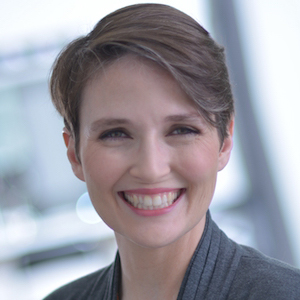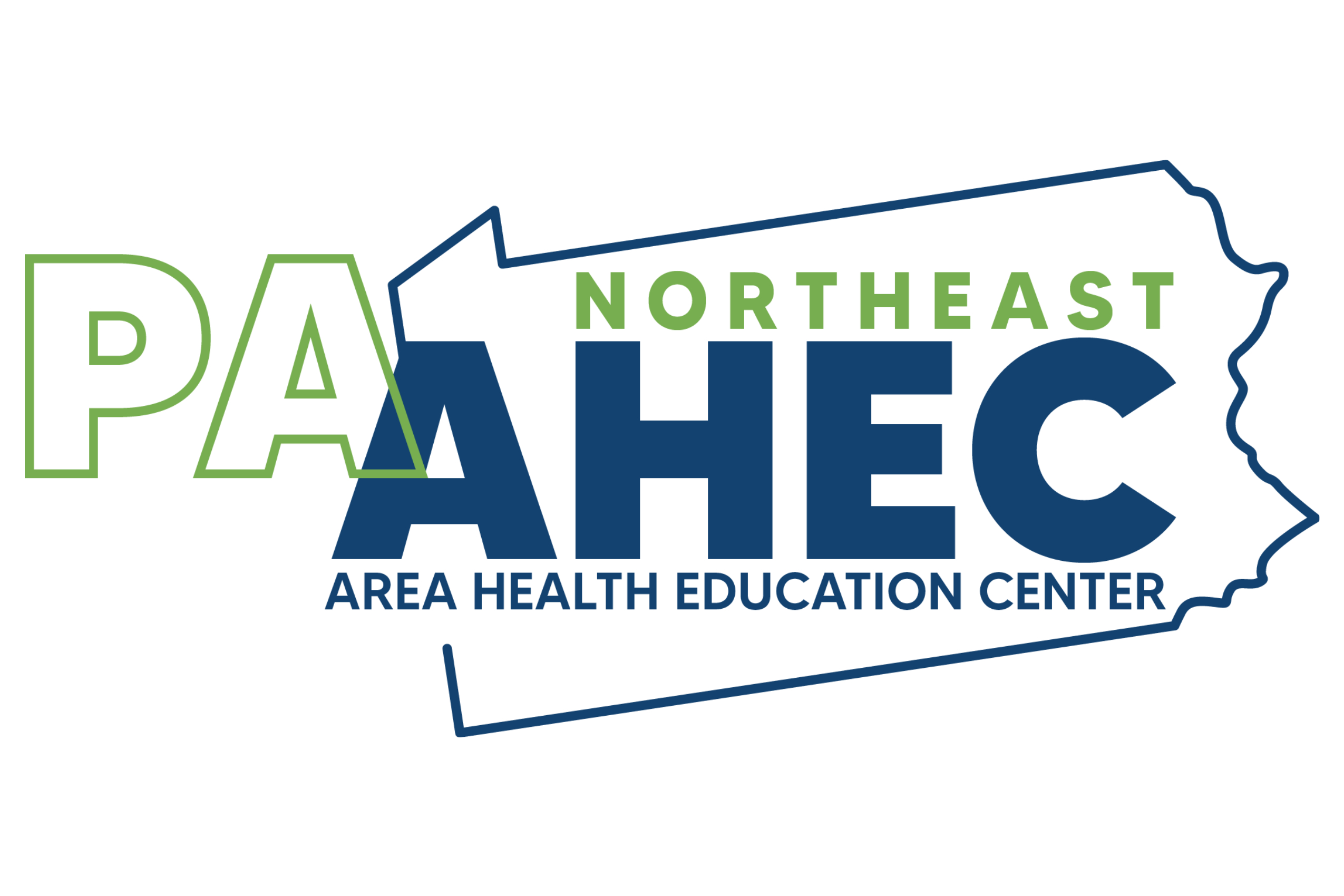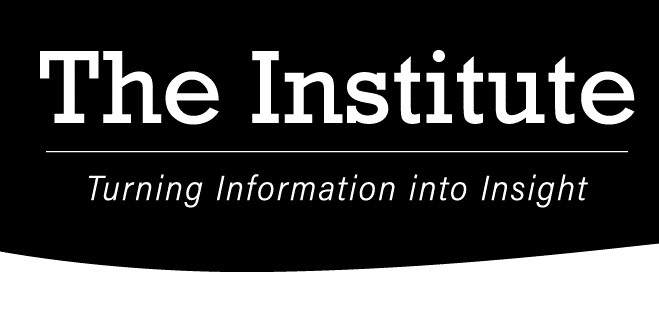Shining a light on mental health in May

Learning how to talk frankly about mental health and recovery
May is Mental Health Awareness Month. The Substance Abuse and Mental Health Services Administration, the National Alliance on Mental Illness, and countless other organizations have many free, evidence-based tools for education, screening, and information.
But what is mental health really?
As someone with a family history of, and who is actively working (and sometimes failing) every day to recover from mental illness, I can speak a bit about this from lived experience.
Mental health occurs when we live our moments by intentionally calling upon and actively using what Dr. Richard C. Schwartz calls the Cs and Ps qualities of the Self: compassion, curiosity, clarity, creativity, calm, confidence, courage, connectedness, presence, patience, perspective, persistence, and playfulness.
Maybe that all seems pretty obvious, but it is also very challenging to do with consistency. Each of us lives with the accumulated experiences of our past. These accumulated experiences, or exposome, shape us – our neurology, our endocrinology, our psychology, our everything – from the womb to the tomb.
Human beings are sense-making machines. As children, we made sense of things we were exposed to in a certain way. Over time, that sensemaking became the patterns, or filters, with which we make sense of our lives as adults. Adults can exercise some agency to change those patterns and remove those filters, to grow and change, but really only to the extent that we are willing to acknowledge that the filters exist.

I know that some of you don’t want to hear this, but health care is intense. Other industries – tech and manufacturing come to mind – can be intense, too. But truly, health care is different by degrees. This is true for a few reasons, but in a very real sense, it can be boiled down to distress and awareness. Despite the climbing suicide rate, the need for trained clinicians, and the persistence of health care as one of the top industries for suicide incidence, medical education continues to avoid content and crucial conversations about mental health. Yet, we depend on these very professionals to treat those unexplored issues while also taking care of themselves.
We don’t expect health care professionals to treat – but not to know about – issues with the pulmonary system, so why do we do this with mental health?
Stigma.
If you’re wondering what this has to do with inclusion and belonging and justice, it’s stigma. From neurodivergence to mental illness and everything in between (often with huge overlaps), the health care industry still, in 2024, looks askance at non-physical atypicality and its manifestations. Mature, evidence-based conversations are not happening with enough frequency to address gaps in clinical knowledge, so as sense-making machines, educated and well-meaning people chalk it up to a will issue.
I have stress, and I’m not (insert mental health issue here). They just have to choose not to (insert behavior here).
But, in the same way that we would not expect someone with a broken leg to run down the hall, we ought not to expect someone with mental health challenges to choose to be well. There are no ADA-compliant ramps, no underarm crutches, and no amount of kinesiology tape that works for mental health. Furthermore, the things required for recovering mental health – a combination of community, compassion, understanding, time, therapeutic fit with the right professional, and sometimes medication – do not fit with the toughen-up nature of our industry’s history.
May being Mental Health Month gives us an opportunity to intentionally reflect on and respond to all of this. Join us for a safe and real conversation from noon to 1 p.m. on Thursday, May 16, in our Scranton Practice’s Room 405. We will begin to normalize mental health conversations and discuss how we can include and support the sense of belonging of each person.
Sincerely,

Meaghan Ruddy, Ph.D.
Senior Vice President of Enterprise Wellness and Resiliency, Assessment and Advancement, and Chief Strategic Research & Development Officer








